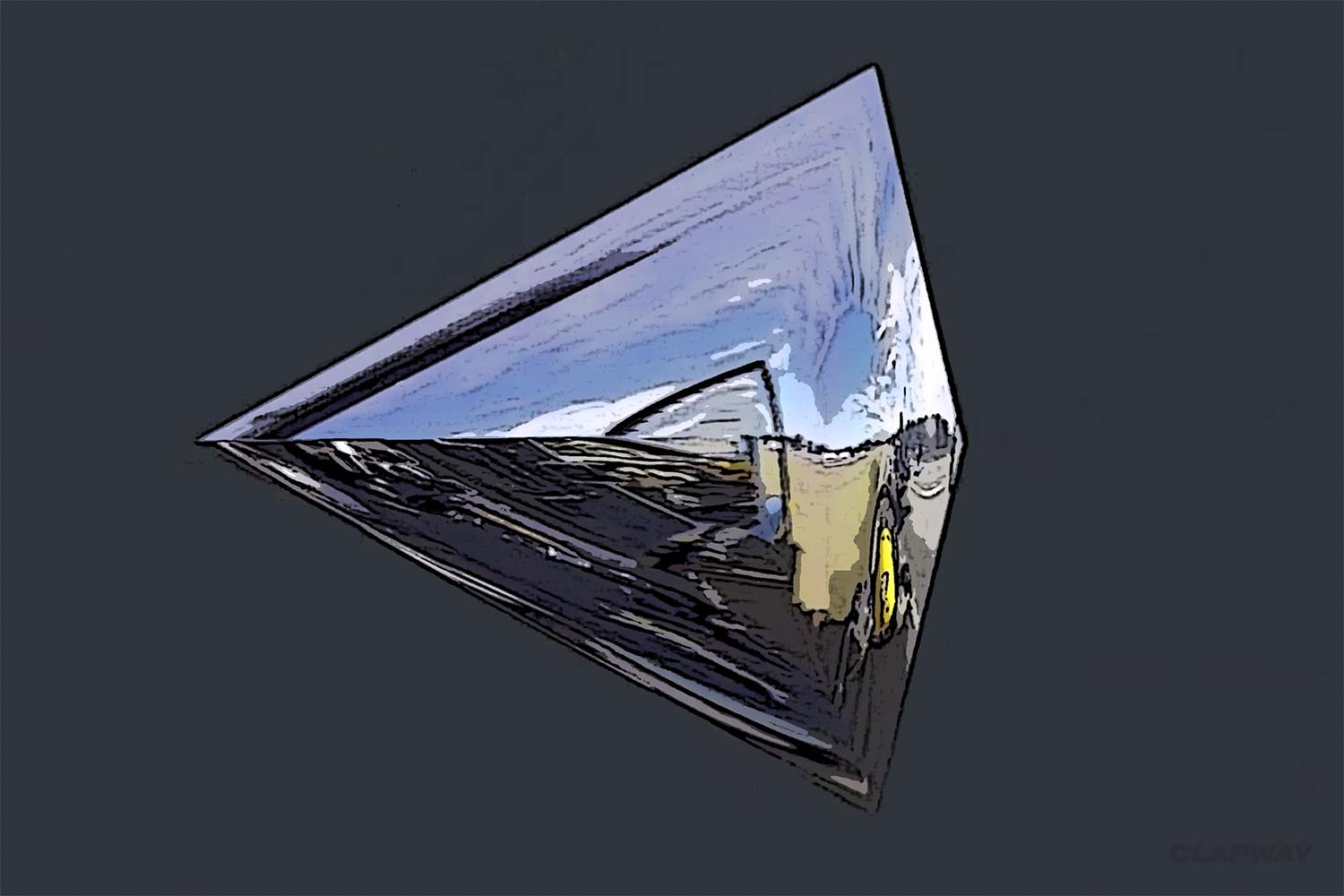
The internet is chock-full of announcements being made about VR and new systems that are compatible with it. Most notably, the Samsung Gear VR and Facebook and Sony’s Oculus VR. But how do the Samsung Gear VR and Oculus VR actually work?
Mark Zuckerberg Reveals the Magic Behind VR Headsets
The videos that are viewed through VR headsets are built with cube mapping. This means that the images are projected onto the faces of a cube. Each face represents a direction that is relative to the user. This makes it possible for users to see things from any possible angle and takes out the unnecessary bits that make video warp and making file sizes smaller by 25%.
In the video post he made on Thursday, Zuckerberg also explains the magic behind experiencing the Oculus VR in high-definition. The headset follows the user’s point-of-view and accommodates images onto the faces of a pyramid. With this, the headset is able to switch viewpoints almost seamlessly while keeping an optimal resolution. The technique, currently being implemented on the Oculus Rift, also keeps file sizes small.
This Isn’t the Only Way Samsung Gear VR or Oculus VR Work
Essentially, all VR headsets right now are head-up displays. This goes for Facebook and Sony’s Oculus VR, Google Cardboard and the Samsung Gear VR. In order for any of these to work, users need three indispensable things: a computer, a console or smartphone, an input (this can be a head tracker, controllers, hand tracker, voice, buttons or trackpads) and an actual headset.
There are some complications with this setup. Many people who have tested virtual reality headsets can’t be on the system for more than 30 minutes. It tends to cause dizziness and nausea to some users, and a general feeling of motion sickness.
Virtual Reality and Augmented Reality Are the Future
Technology has all of its gears on making these components either more compact or eliminates them completely. In a perfect world, all you’ll need is a headset to get a full VR experience. The interaction between games and headsets is being perfected every day, and it’s safe to say we might only need a headset by the time 2020 comes around.


















